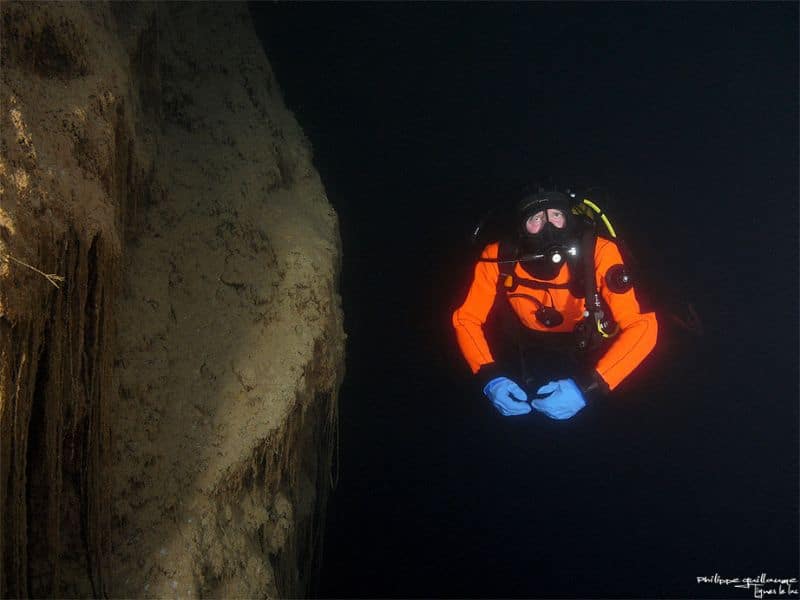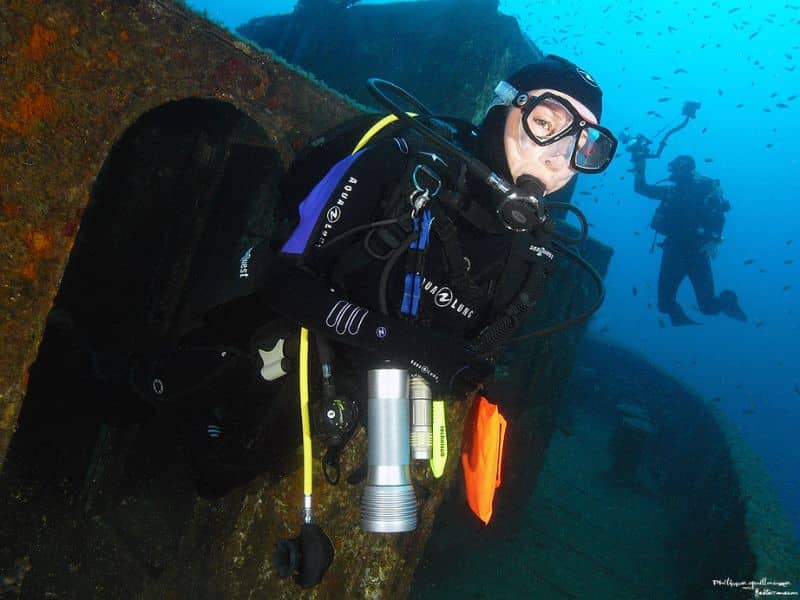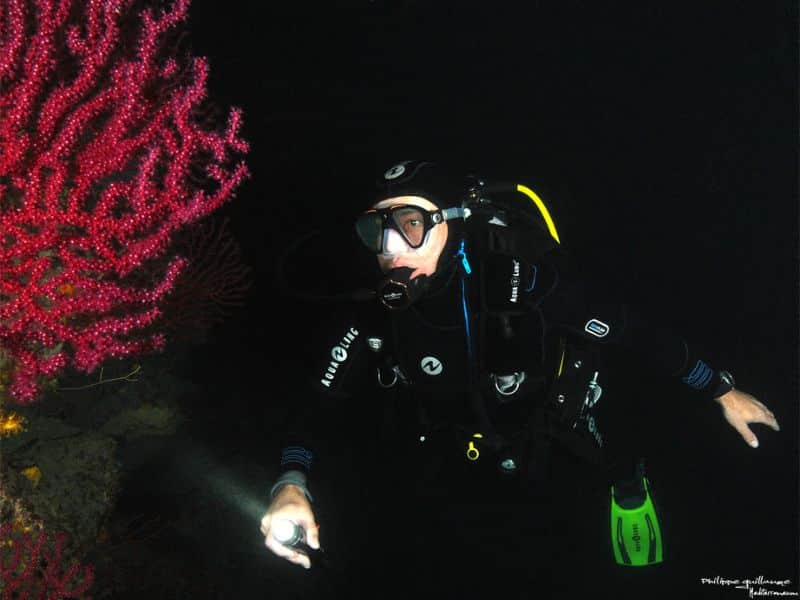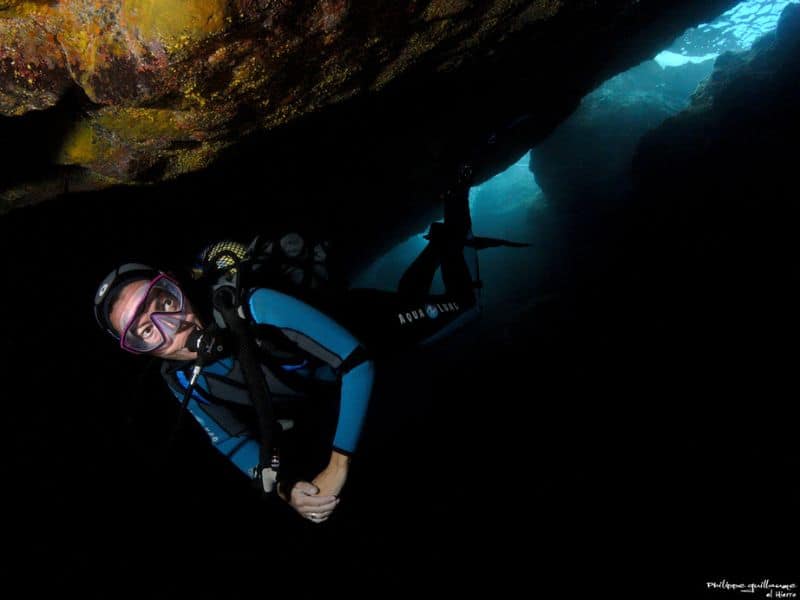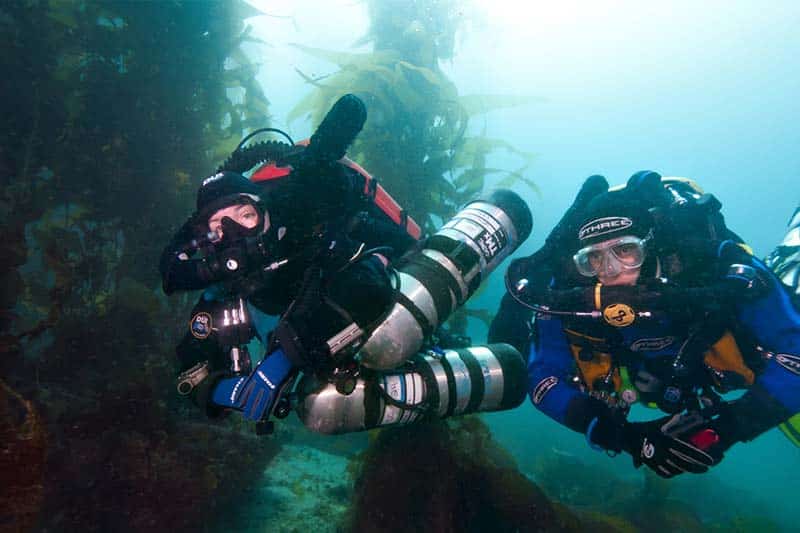3. Mechanisms Causing Signs of Oxygen Toxicity
What you are about to read is based on the conclusions of Johnny E. Brian, Jr., M.D., Associate Professor in the Department of Anesthesia at the University of Iowa Hospitals and Clinics, gathered in the article Current Thoughts on Mechanisms of Hyperoxic Seizures.
Signs of oxygen toxicity are difficult to prevent, but in recent years, there has been progress in understanding their mechanisms. Here’s what is currently known:
- Hydrogen Peroxide (H2O2) in the Brain
It is currently believed that free radicals and reactive oxygen species (ROS), such as hydrogen peroxide, are responsible for the symptoms of oxygen toxicity. Here’s how: Molecules are composed of a nucleus with protons, neutrons, and electrons orbiting around it. Electrons are usually paired, but sometimes one is left unpaired.
The “lone” electron seeks a partner and often ends up stealing one from another molecule. This makes the molecule very reactive, destabilizing another molecule and turning it into a radical. This process can trigger chain reactions, particularly affecting lipids in the cell membranes of the brain.
Furthermore, hydrogen peroxide (H2O2), which is toxic, plays a key role in oxygen toxicity signs. You might think, “I don’t have hydrogen peroxide in my brain.” But you do; your cells produce it to defend against excessively reactive free radicals. Typically, the brain controls this with certain enzymes, but excess oxygen can deplete these enzymes.
It is now known that hydrogen peroxide increases significantly in the brain with excess oxygen, by up to 700%. The enzymes cannot keep up, and the brain becomes intoxicated, among other complicated issues.
- Catecholamines and Stress
Catecholamines are neurotransmitters in the brain, such as epinephrine (adrenaline) and norepinephrine (noradrenaline). These substances help regulate important functions in the body, such as stress and the response to danger.
When catecholamine levels are high, more hydrogen peroxide is produced. Stressors like cold, physical exertion, or dehydration can activate the sympathetic nervous system, increasing catecholamines (like adrenaline). This elevation can increase the risk of oxygen toxicity signs.
Increased CO2 (a problem particularly affecting rebreather divers) also raises stress and activates the sympathetic nervous system, thereby increasing catecholamines.
Medications that elevate catecholamines, such as certain decongestants, can increase the risk of seizures.





